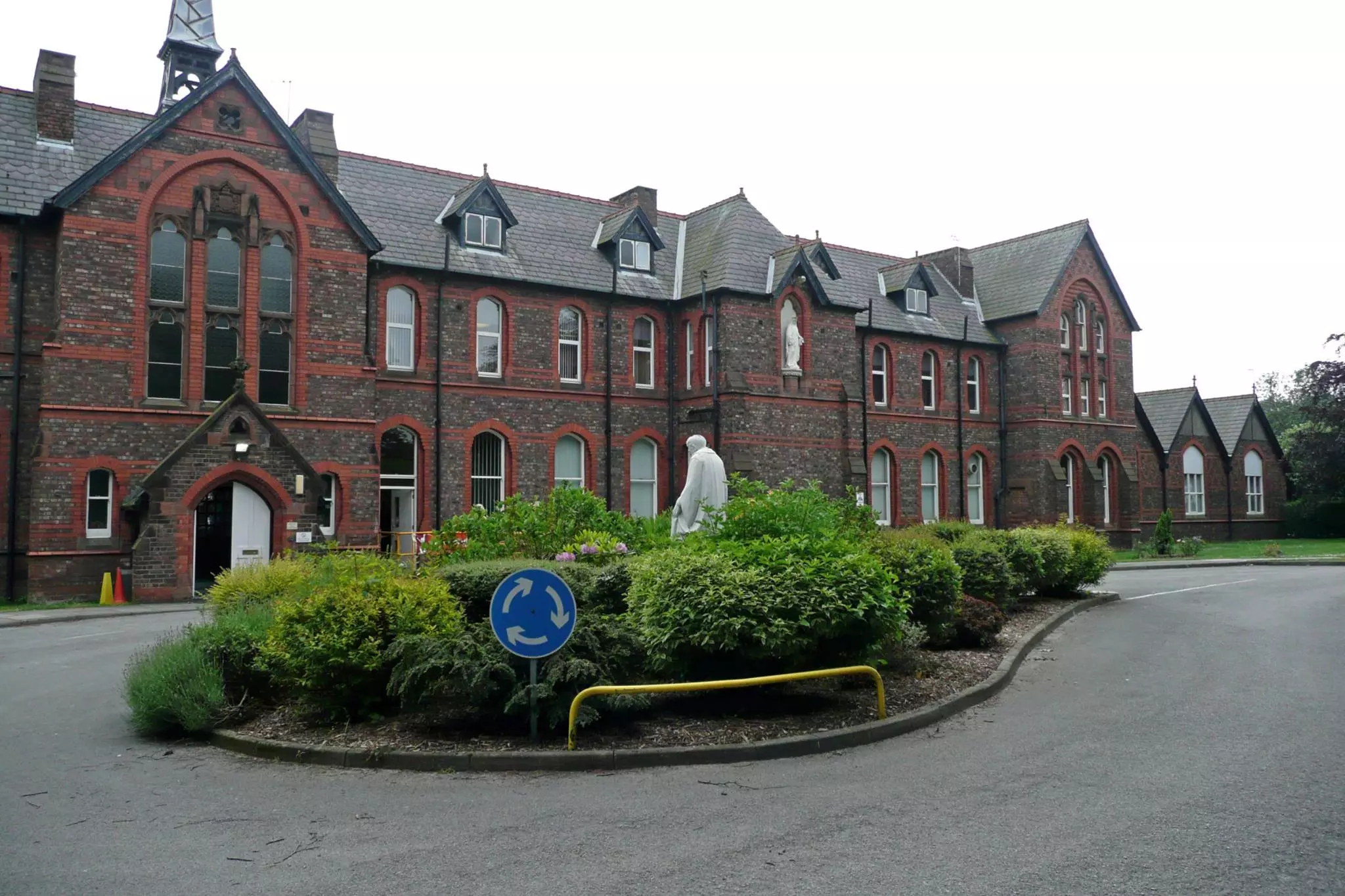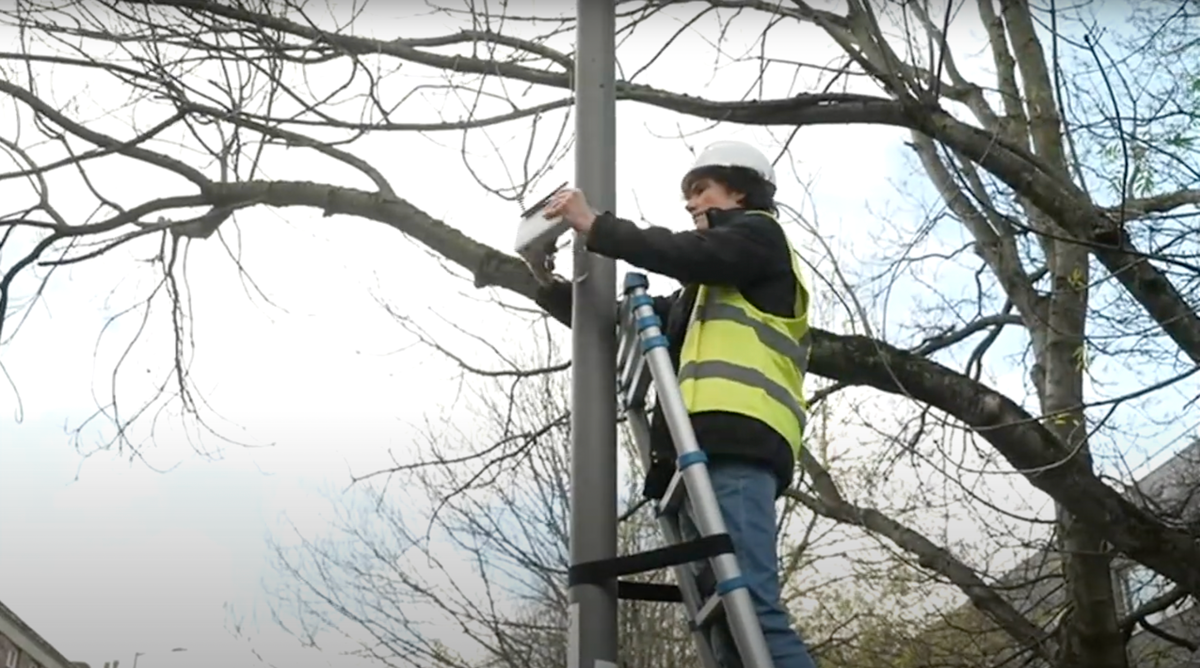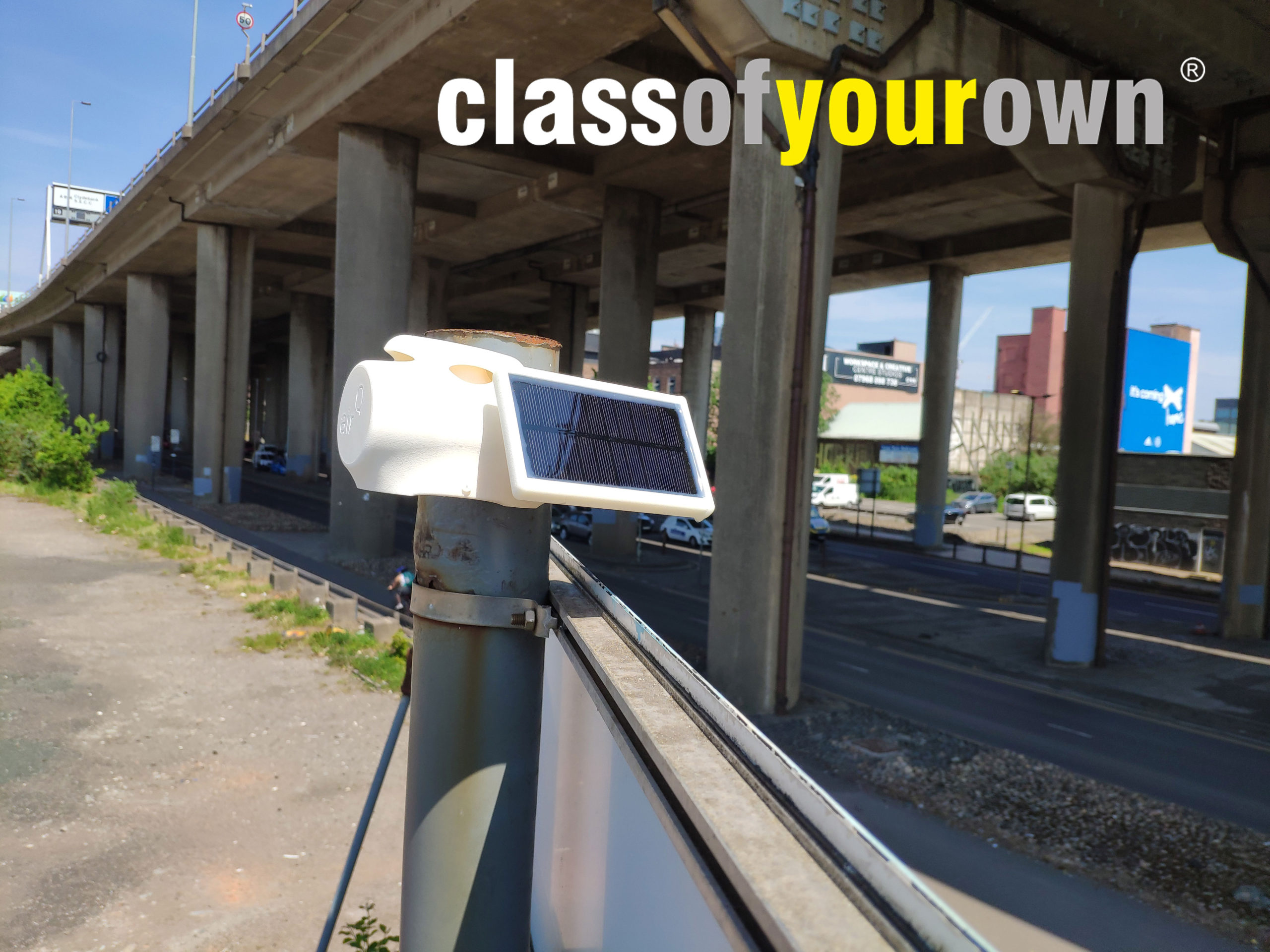Aeternum is working with St. Vincent’s School in Liverpool to monitor and analyse air quality in and around the school.
Why is this important? Poor air quality can cause or exacerbate respiratory problems, allergies, and other health issues among students, teachers, and staff. By deploying Aeternum air quality sensors, St. Vincent’s School will be able to identify the presence of pollutants and allergens such as carbon dioxide and particulate matter.
A well-documented problem that can impact school children: According to a 2021 Harvard University study, ”increased concentrations of fine particulate matter (PM2.5) and lower ventilation rates (measured using carbon dioxide (CO2) levels as a proxy) were associated with slower response times and reduced accuracy on a series of cognitive tests.” Harvard researchers further noted that they “observed impaired cognitive function at concentrations of PM2.5 and CO2 that are common within indoor environments.”
Is this actually a problem in classrooms in the UK? Yes, most definitely – one out of eight schools in the UK have higher than normal levels of carbon dioxide. And impaired cognitive function is not the only concern; a high level of carbon dioxide can indicate poor ventilation which means an increased risk in students exposed to airborne viruses (such as COVID). Proper air circulation and filtration by HVAC systems are only detectable through sensor monitoring. Also, for schools that don’t have HVAC systems, opening a window, unfortunately, doesn’t mean the problems will float away. Air quality needs to be monitored around the school, especially in areas where there are lots of traffic or construction – where high pockets of CO2 and PM2.5 can gather and move around.
How will Aeternum and St. Vincent’s School air quality sensor project help other schools? The method by which sensors are deployed and data collected and analyzed will be shared with other schools. It’s not about plugging in AQ monitors in every room and then waiting for the alerts to come. It’s about understanding the data including the how, when, why, and where. And then establishing a real-time monitoring and alert system to measure air quality so immediate steps can be taken to remedy when it starts to degrade and future-proof to prevent it from occurring again. It’s about giving schools the ability to make informed decisions and take expedient action.
We’re very excited to see St. Vincent’s School take on this important issue and strive to create a healthy and thriving learning environment; as they say – “Love, Learn, Live, Grow.”





